Turtles are likely the most defensive group of reptiles alive. With a shell which holds their entire existence together.
Today we know of 356 different types of turtles that exist. But the question still persists, are there more?
I have always been fascinated by turtles. I even had a pet turtle growing up which my husband (then boyfriend) bought me as a baby turtle.
Did you know that for most of the species, the temperature actually determines the sex of the embryo? The warmer the egg during incubation (above 31 C), the higher the chance that the hatching will be female. The colder the egg during incubation (below 28 C) the higher the chance the hatching will be male.
Turtles do not wait until their eggs hatch. Instead they lay their eggs and leave.
Turtle Anatomy
A turtle is unique because it has both an external skeleton and an internal skeleton.
The turtles shell is probably the most fascinating feature of a turtle.
Now, if you don’t want to dissect a turtle but you want to learn the anatomy of a turtle: bake a cake, cover it with fondant, and use edible markers to draw in plastron that is covered with plastral scutes (shell).
This is a tasty option to learning about the anatomy of a turtle.
Dissecting a Turtle
We usually enjoy dissecting but I’d be the first to admit that dissecting a turtle was a little sad. Maybe because turtles are so cute. Nevertheless, it was an amazing learning experience. We ordered two turtles from Carolina.
Navigate Like a Sea Turtle
Did you know that earth is like a giant magnet? The motion from its liquid outer core makes a magnetic field and turtles can sense this field. They use it as a compass to tell them where to go. At first turtles use the direction of the waves to guide them but then magnetoreception takes over and they know where to go even in strong waves and darkness turtles can detect magnetic fields.
South is attracted to North. We are able to use a compass because earth is a magnet. A compass can tell you where North is. The world has discovered its first magnetic field sensor in a worm. Which is used by worms to navigate while underground. There is a thing called a cryptochromes. This protein helps our body perform daily routines. But it is also a magnetic sensor. This was discovered when scientists created a false magnetic field to lead flies to food. They removed this gene from some of the flies and they didn’t develop a routine to get to the food source, so they died. They then removed it from flies only to give them the same gene from humans and they survived. Meaning that it can act as a magnetic sensor.
Turtles use magnetic sensors to stay in the warm currents so that they don’t die.
Flatworms are great at regeneration. Scientists sliced flatworms, put some in less powerful magnetic fields and put some in the ordinary magnetic field. The ones in the weaker magnetic field hardly regenerated while the ones in the ordinary magnetic field made full recoveries.
Types of Turtles: Bingo
For this activity you need to name and look up twenty four different turtles. This was one fun experience because the entire time we looked up a new turtle we were so intrigued by how different and unique each of the turtles looked. While my children looked up and drew each of the different turtles, I read to them.
It has been believed by many that seniors love to play bingo. Online bingo has grown and the younger generations are getting fascinated by this game. We get it. We too became addicted to the game of bingo and found ourselves pulling out our bingo turtle game days after we created the bingo board.
Cloacal Gill Respiration
Have you ever wondered how a turtle is able to breath when it hibernates in the winter? Well, a turtle slows down its metabolism and does not use too much oxygen, but the small amount of oxygen that it does use comes through a process known as cloacal gill respiration. Yes, it breathes in water not from its head but the opposite end: tail.
The oxygen water is pulled into the cloacal and then it is expelled.
Thank you for reading our blog post. We share a new blog post every Tuesday and Thursday at 8pm.

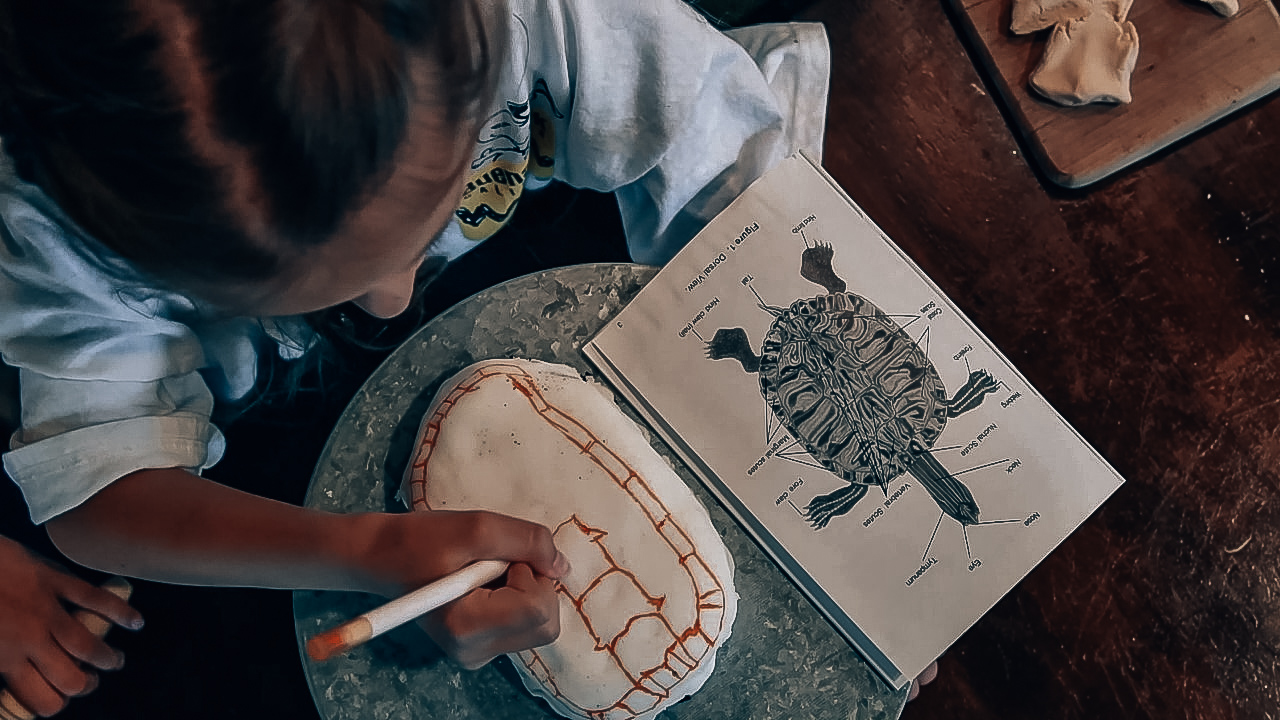
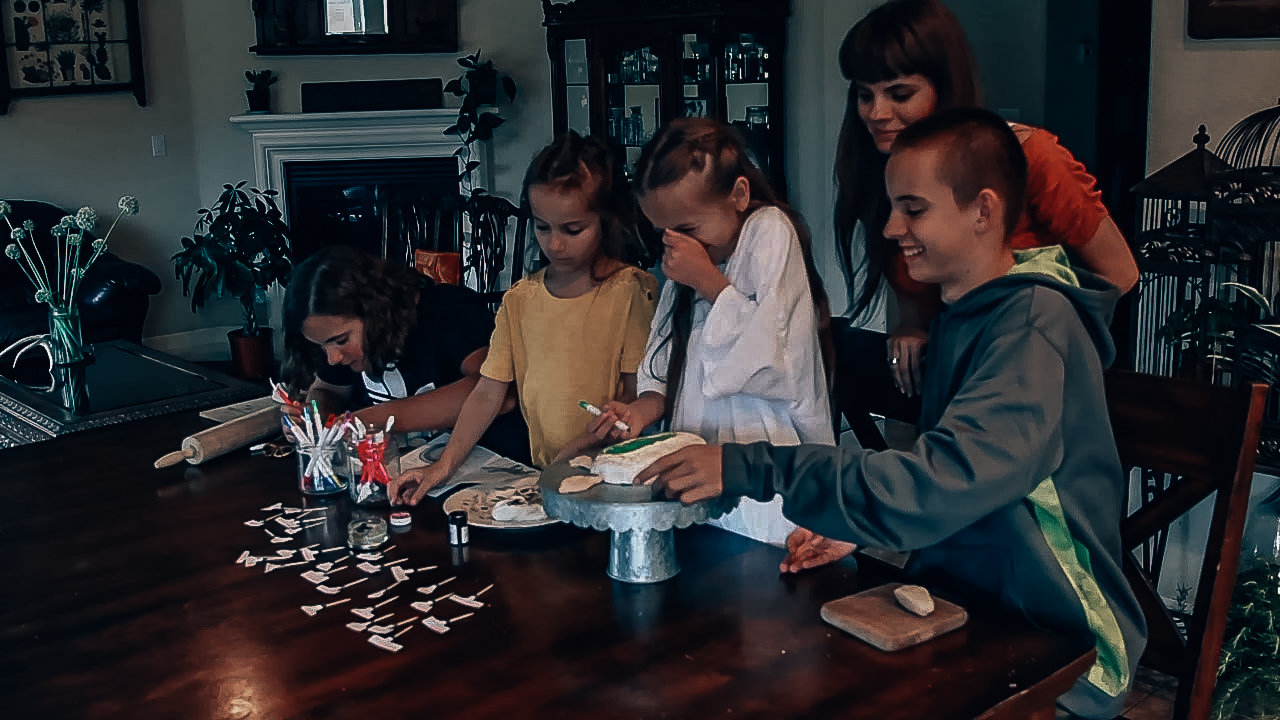
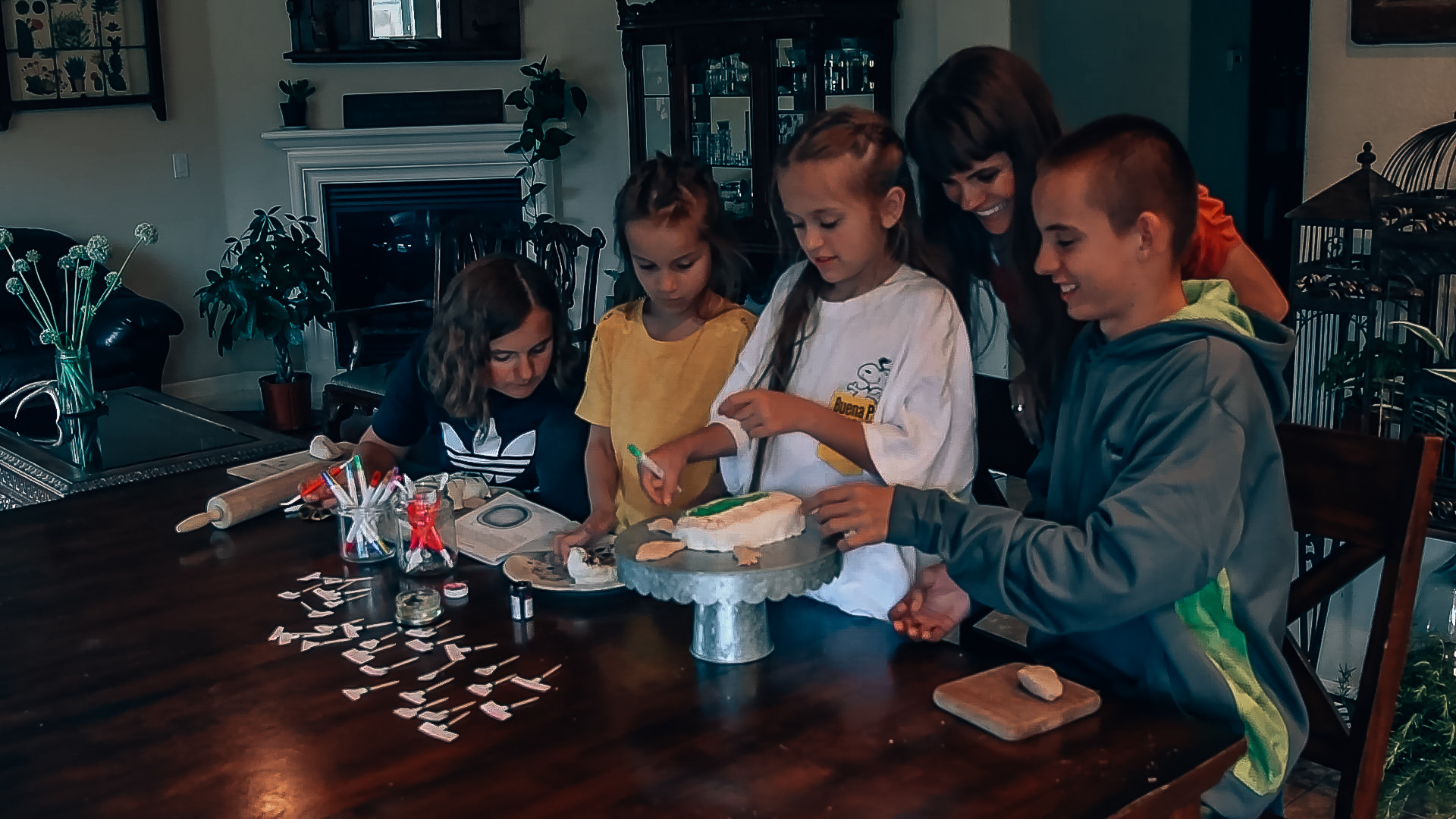
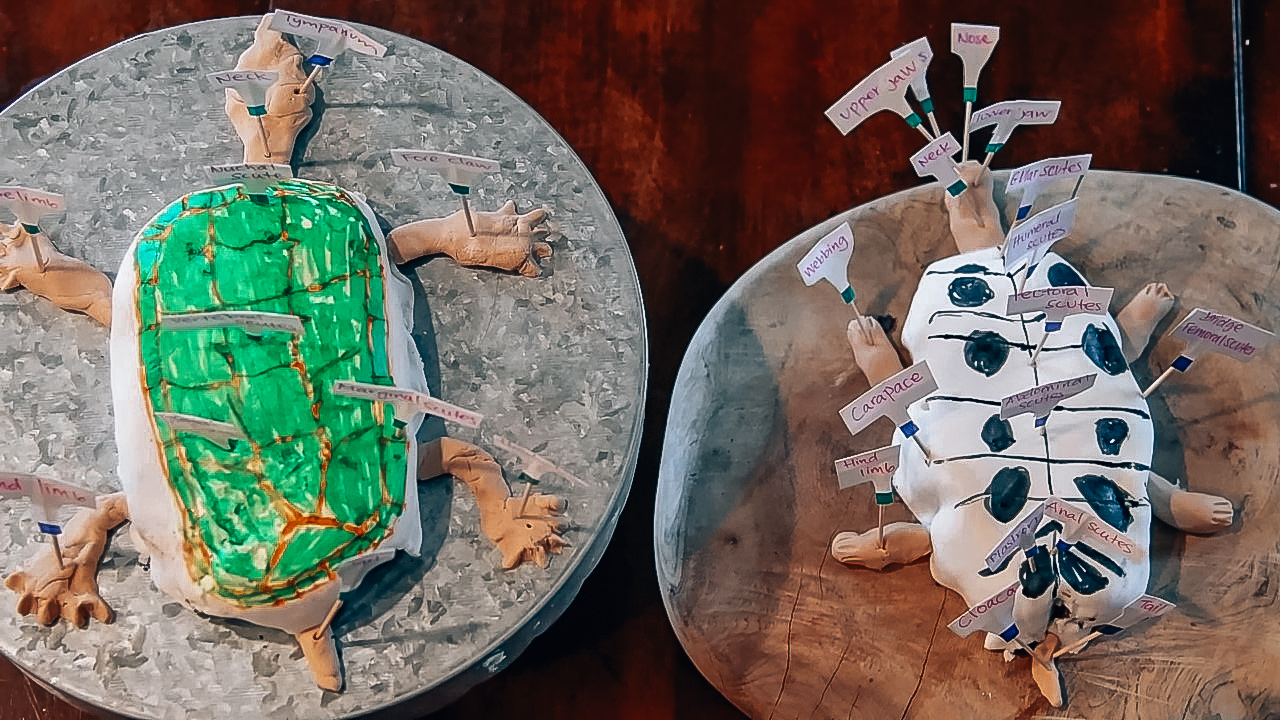
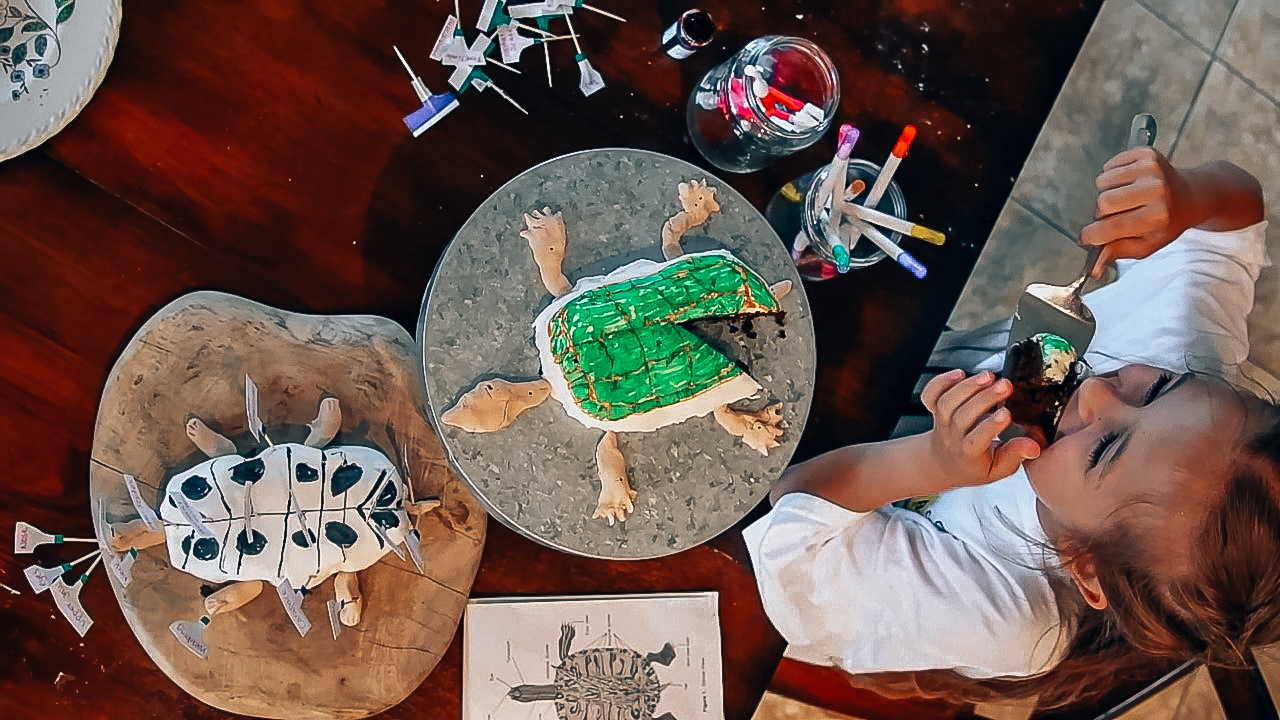
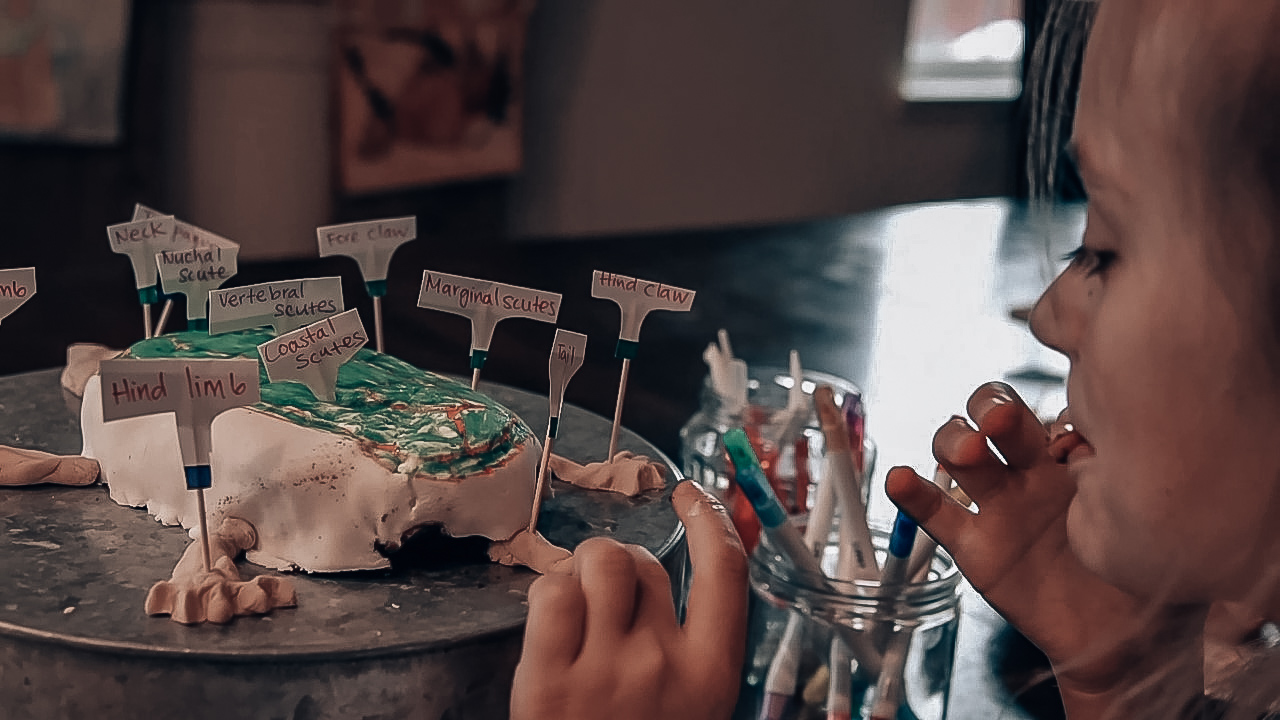
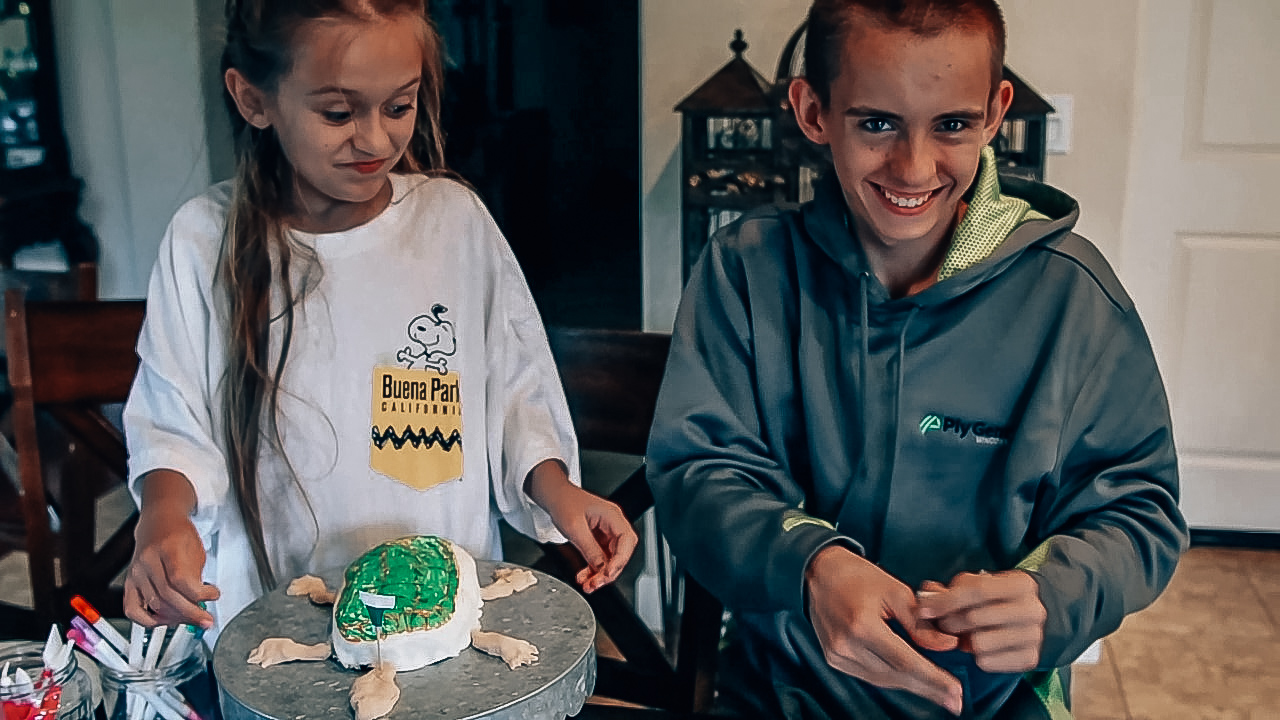
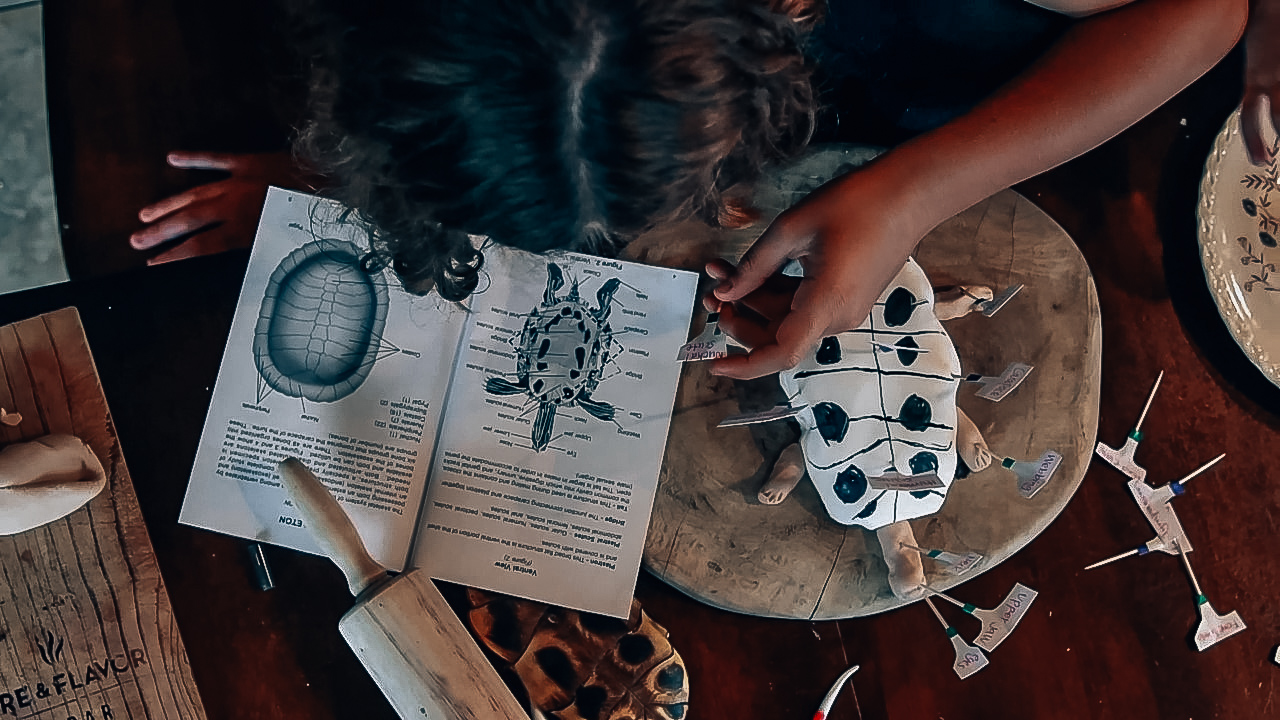
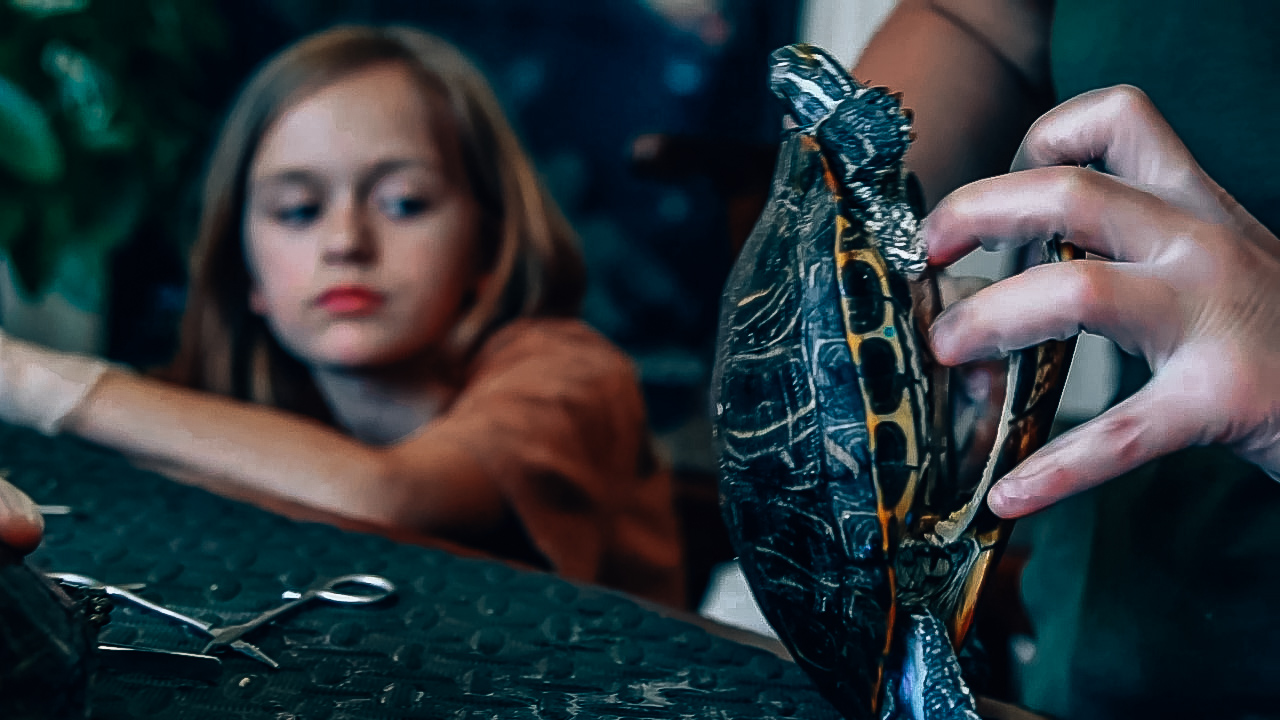
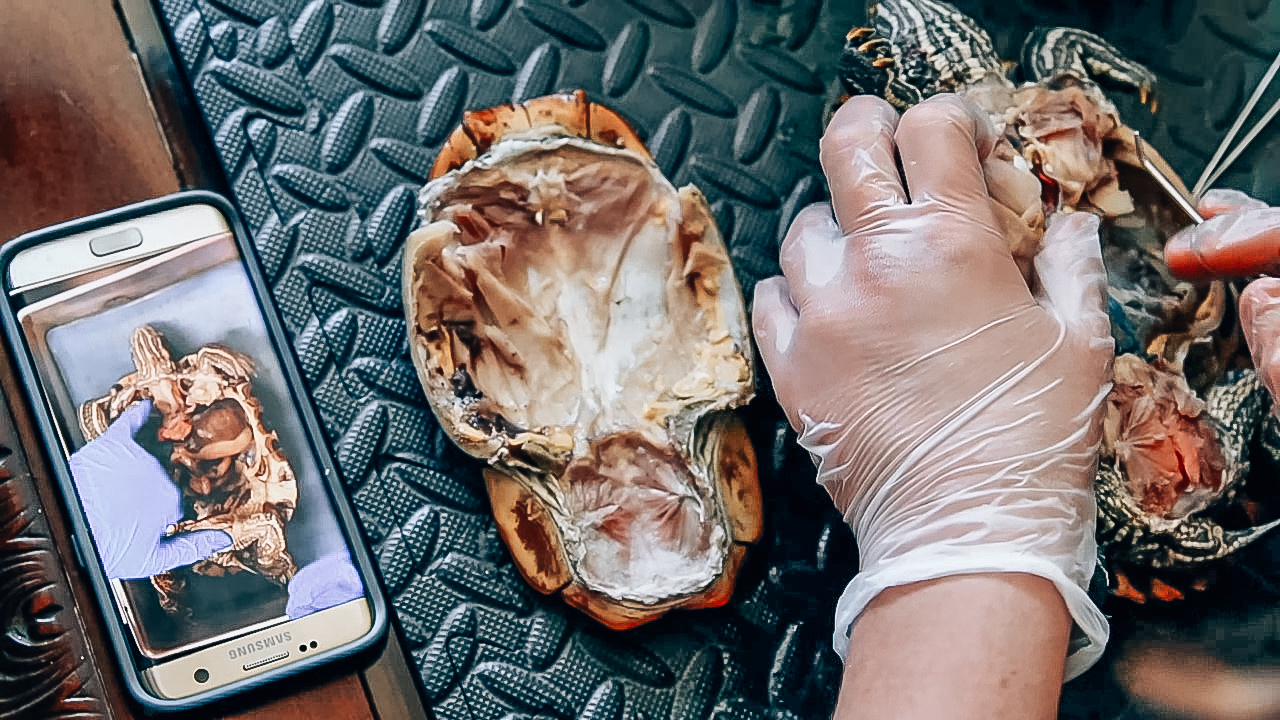
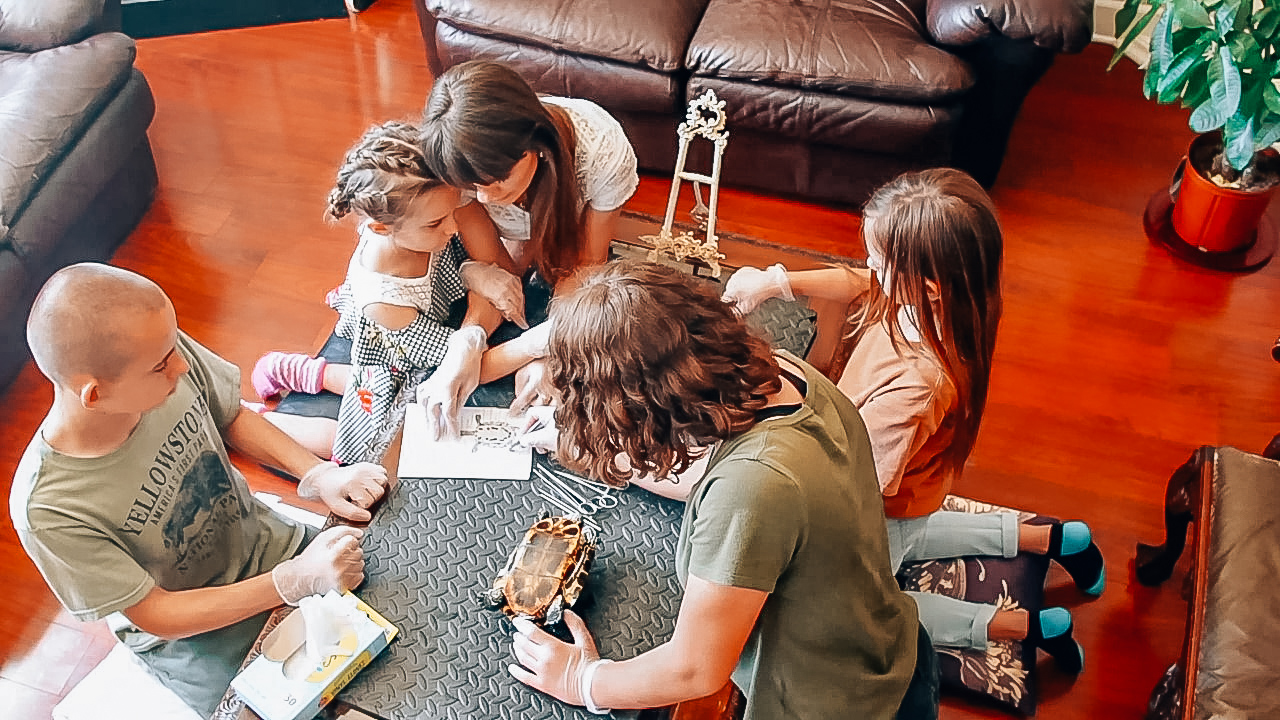
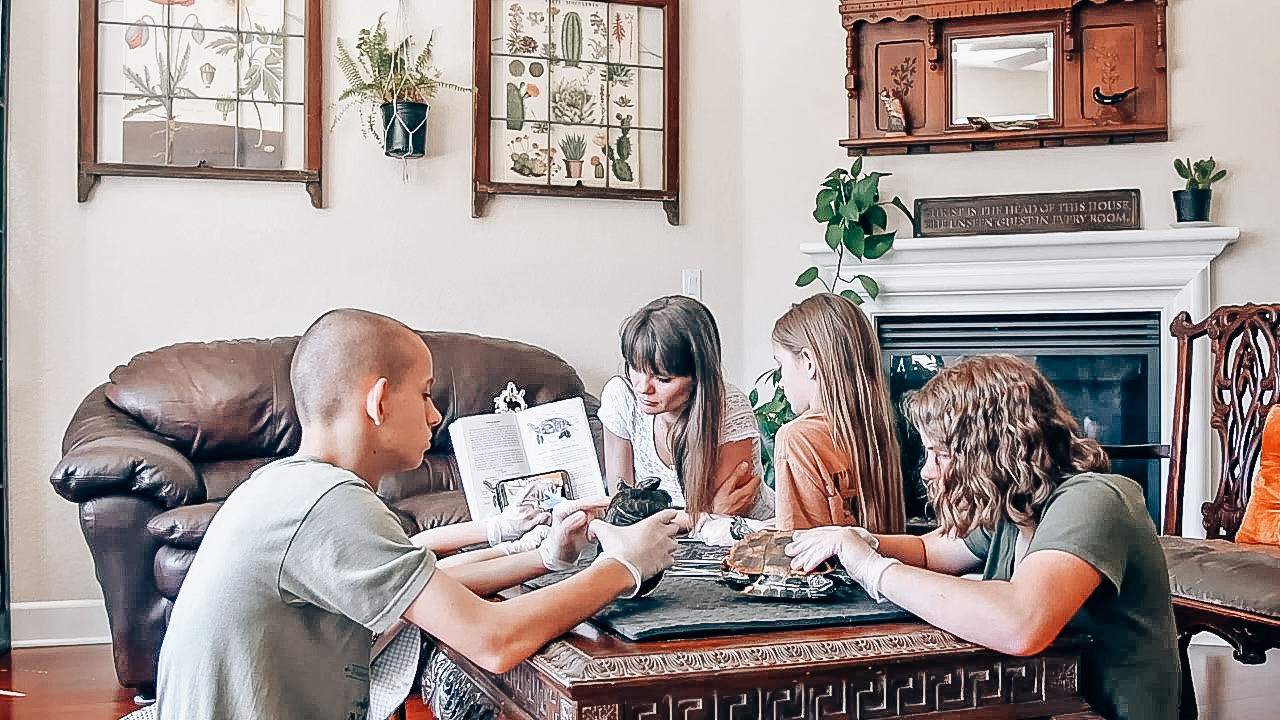
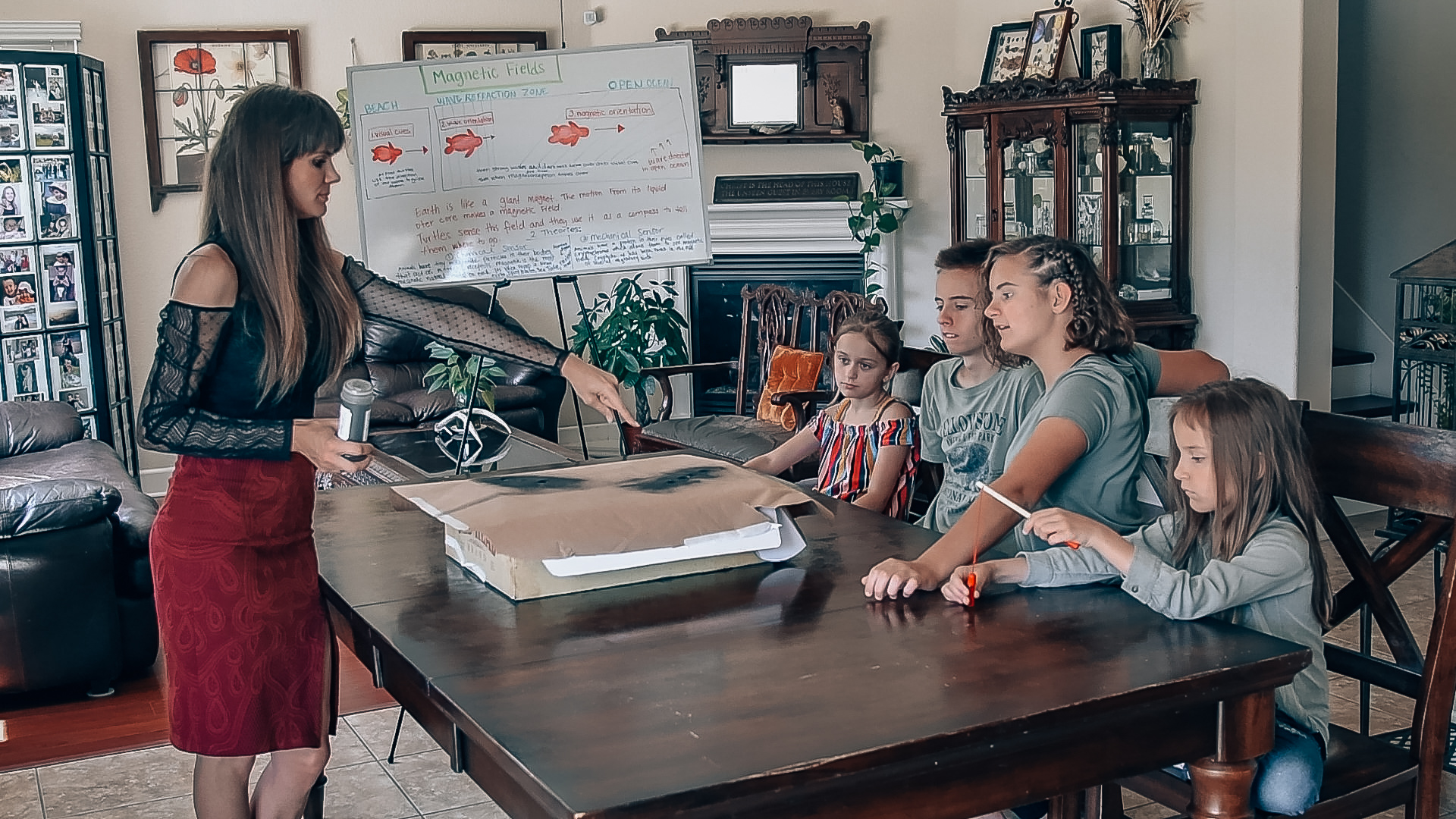
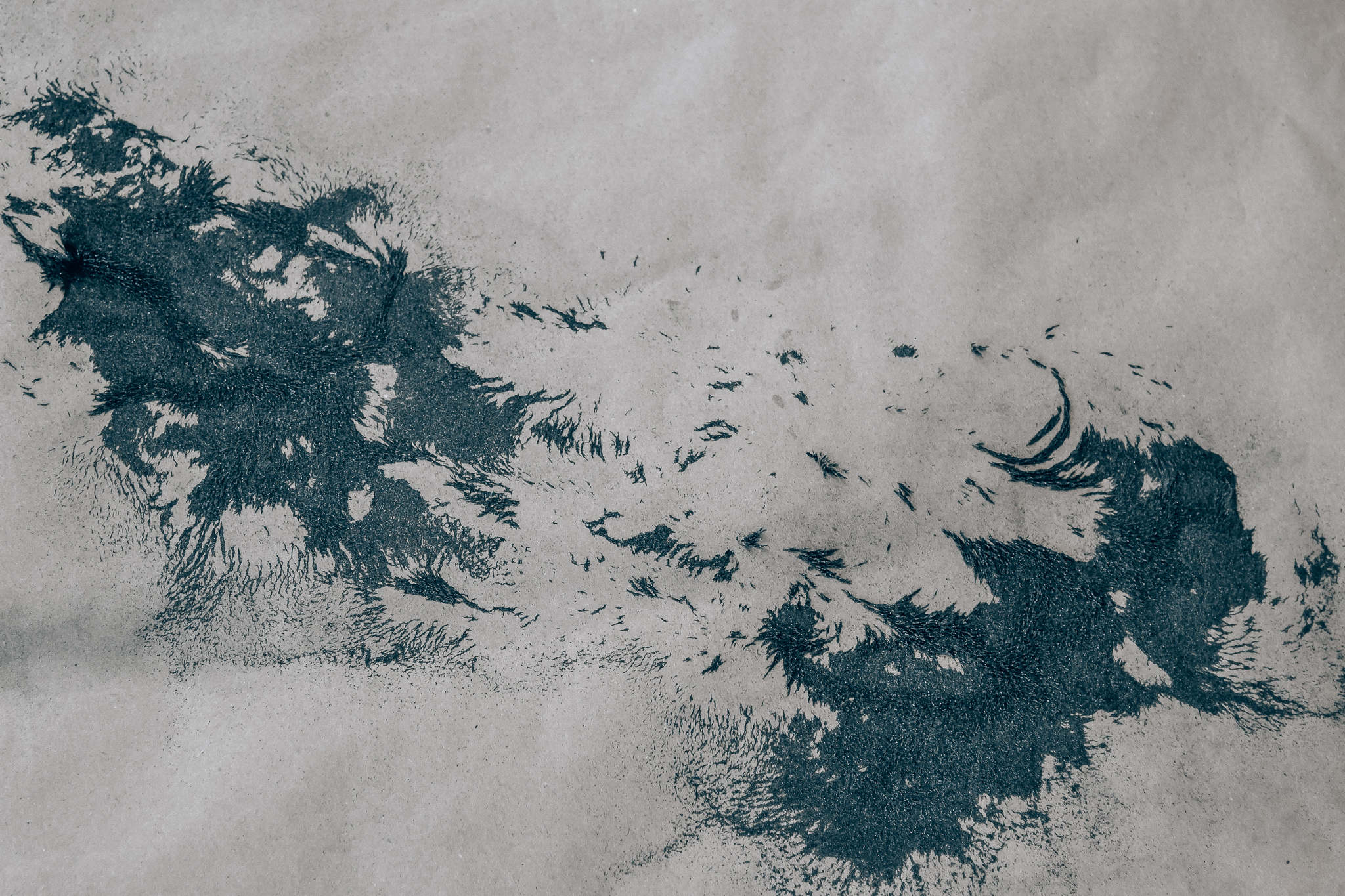
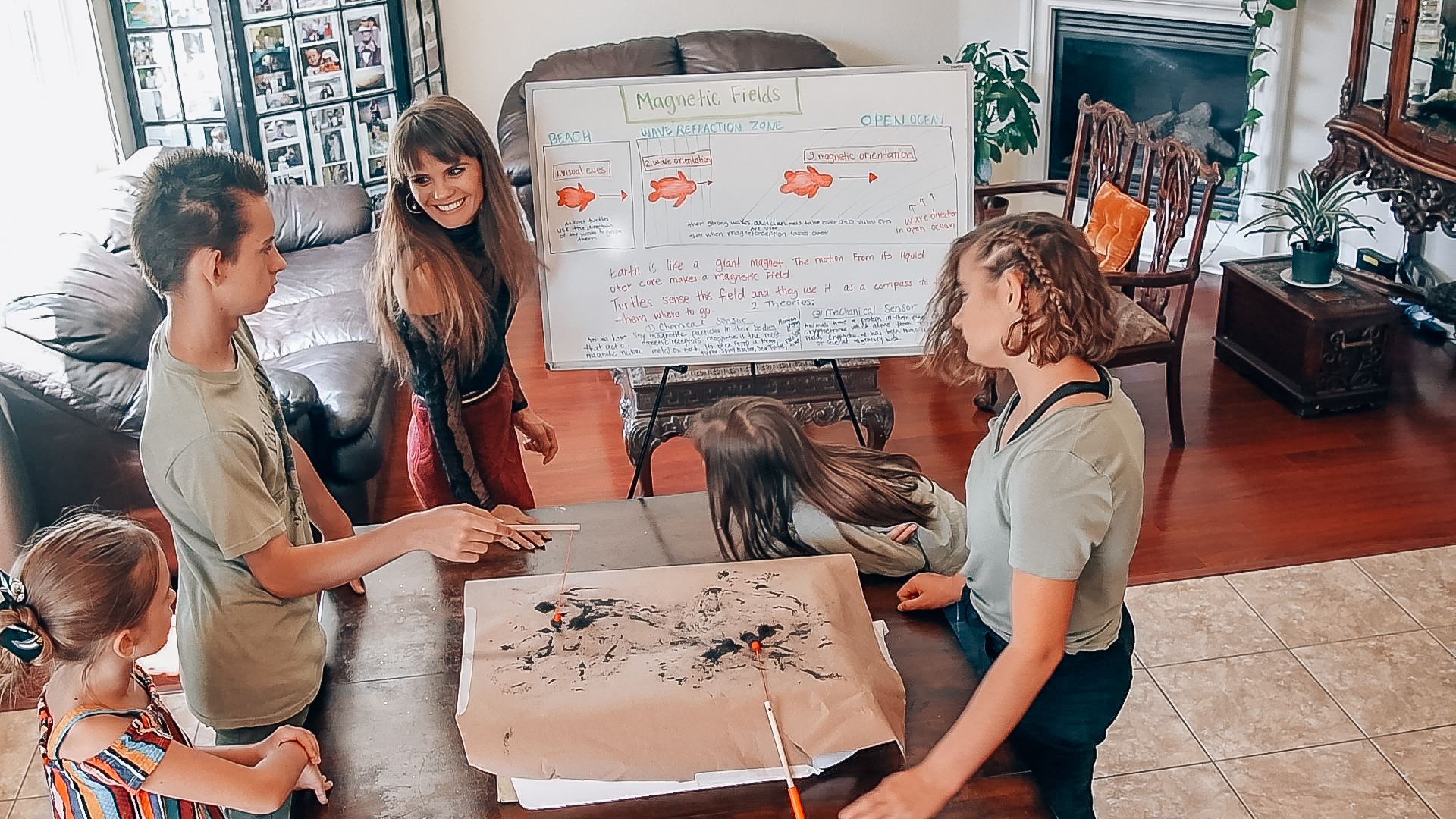
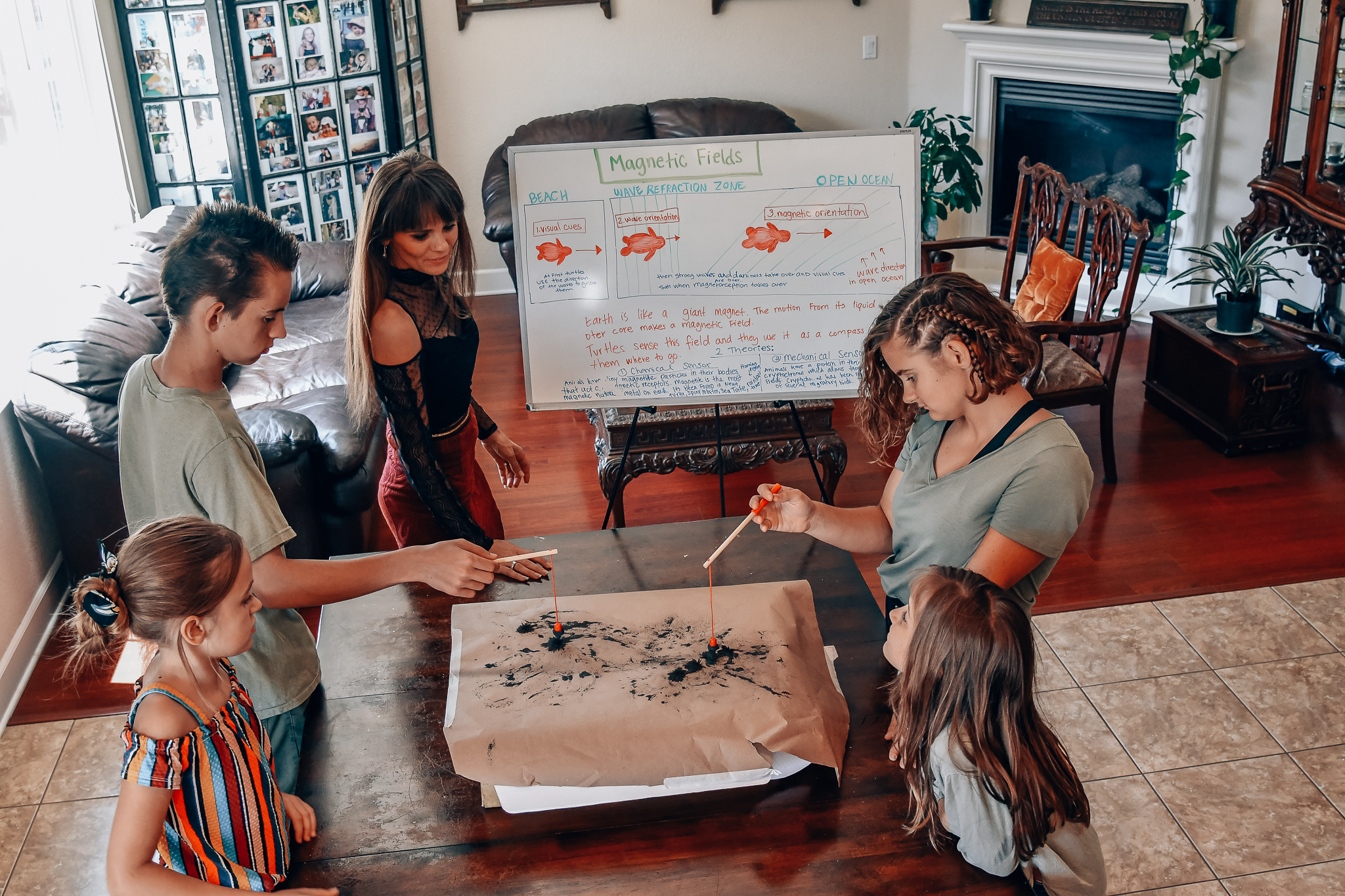

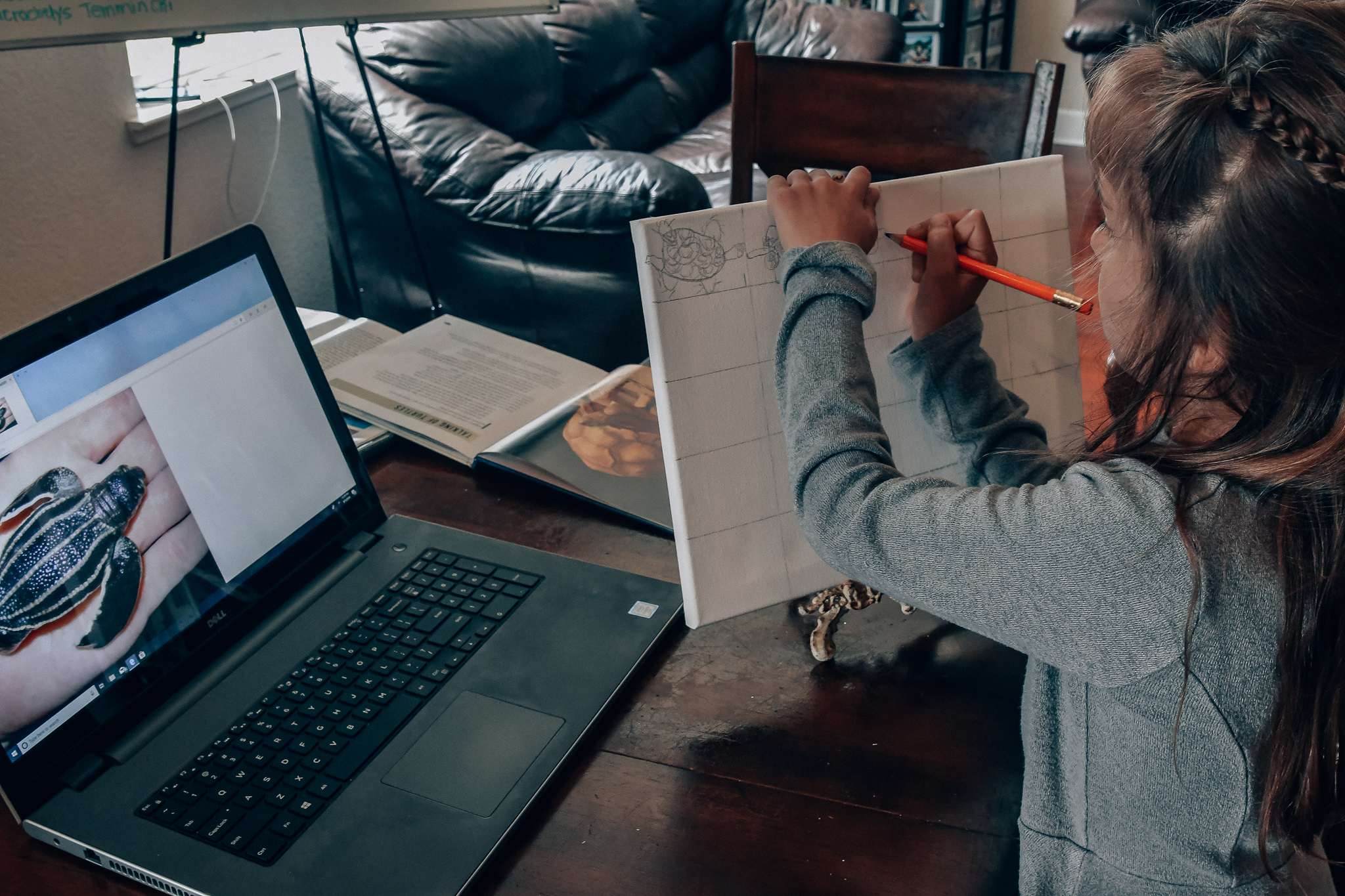
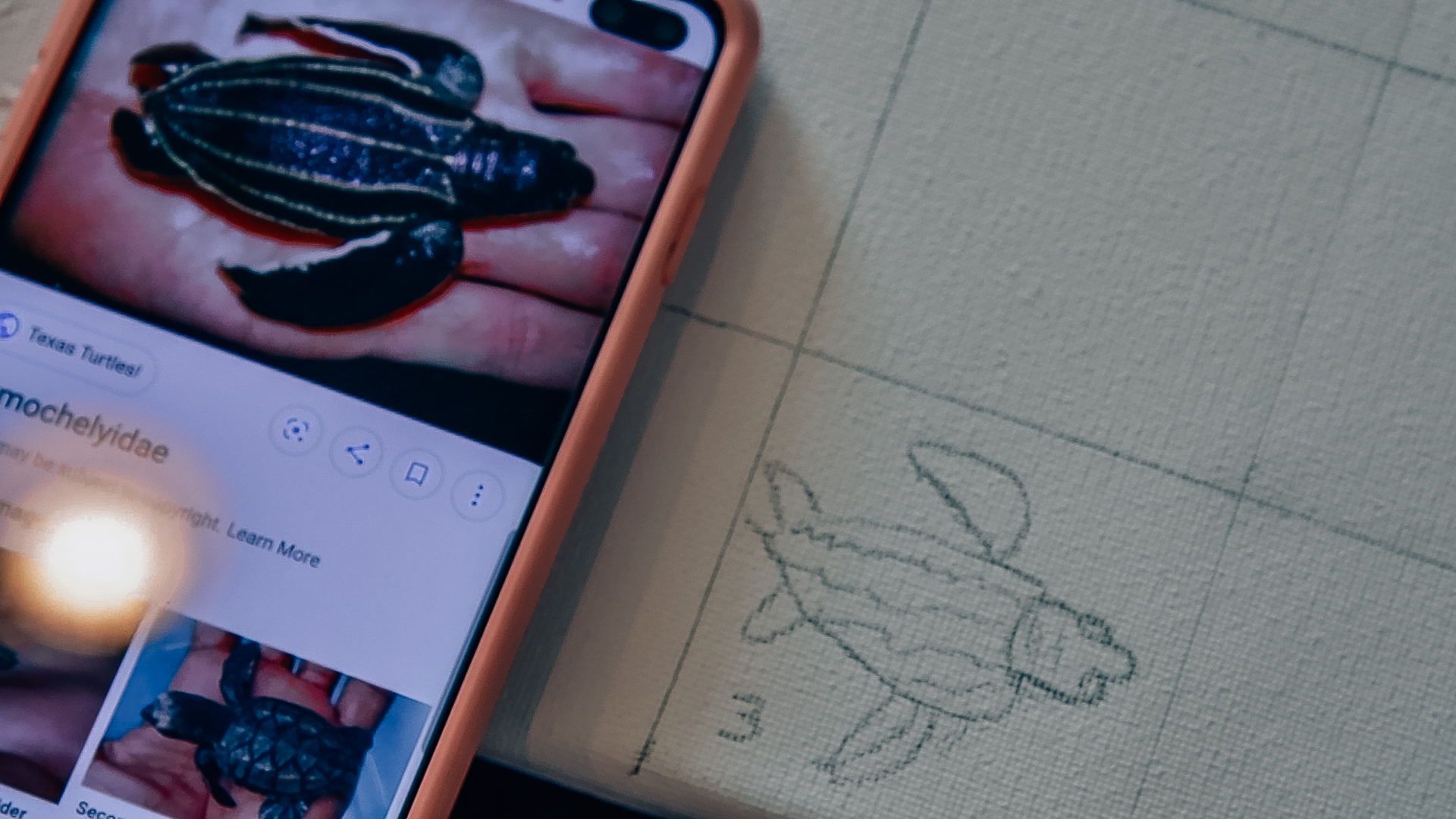
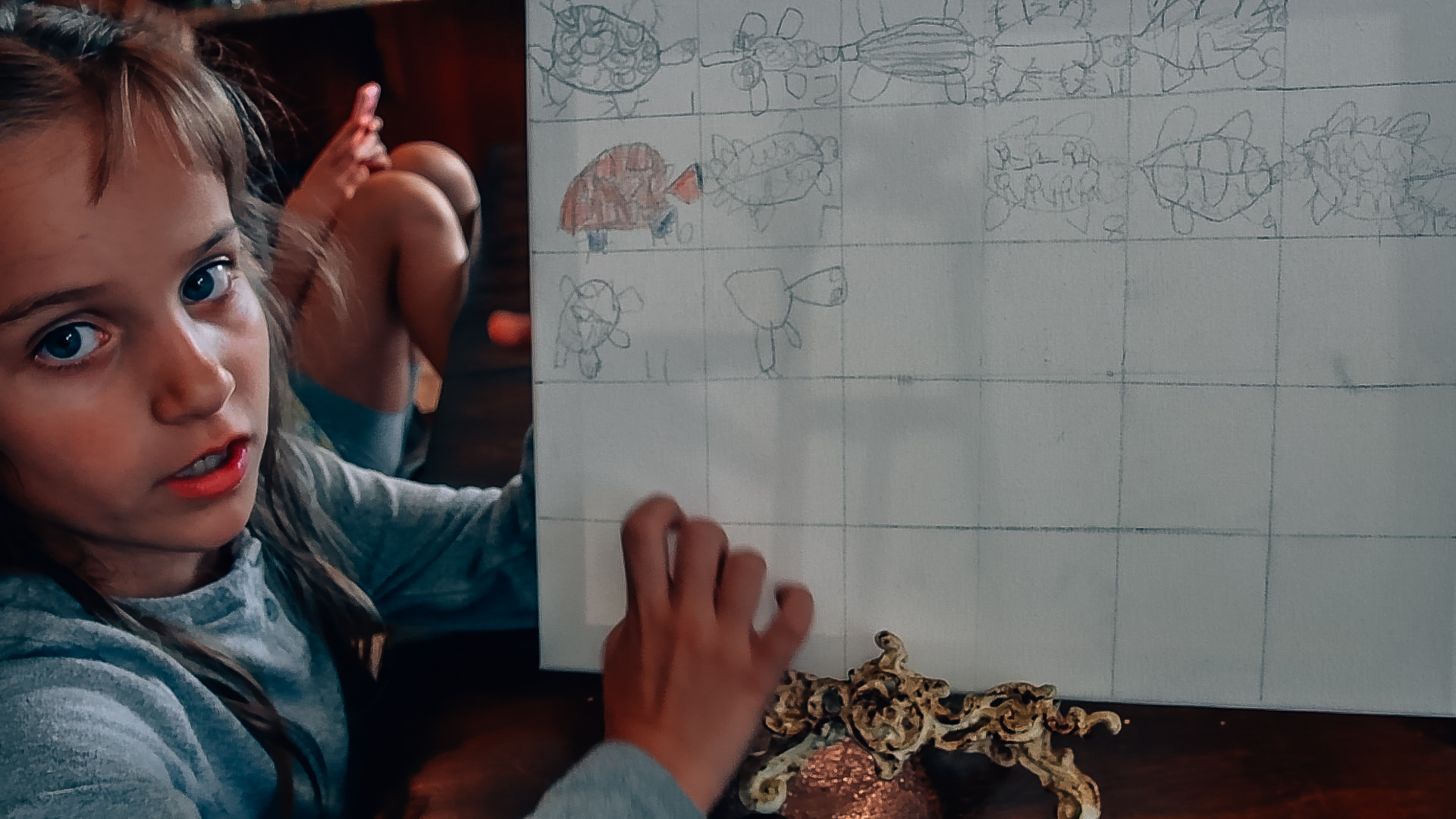

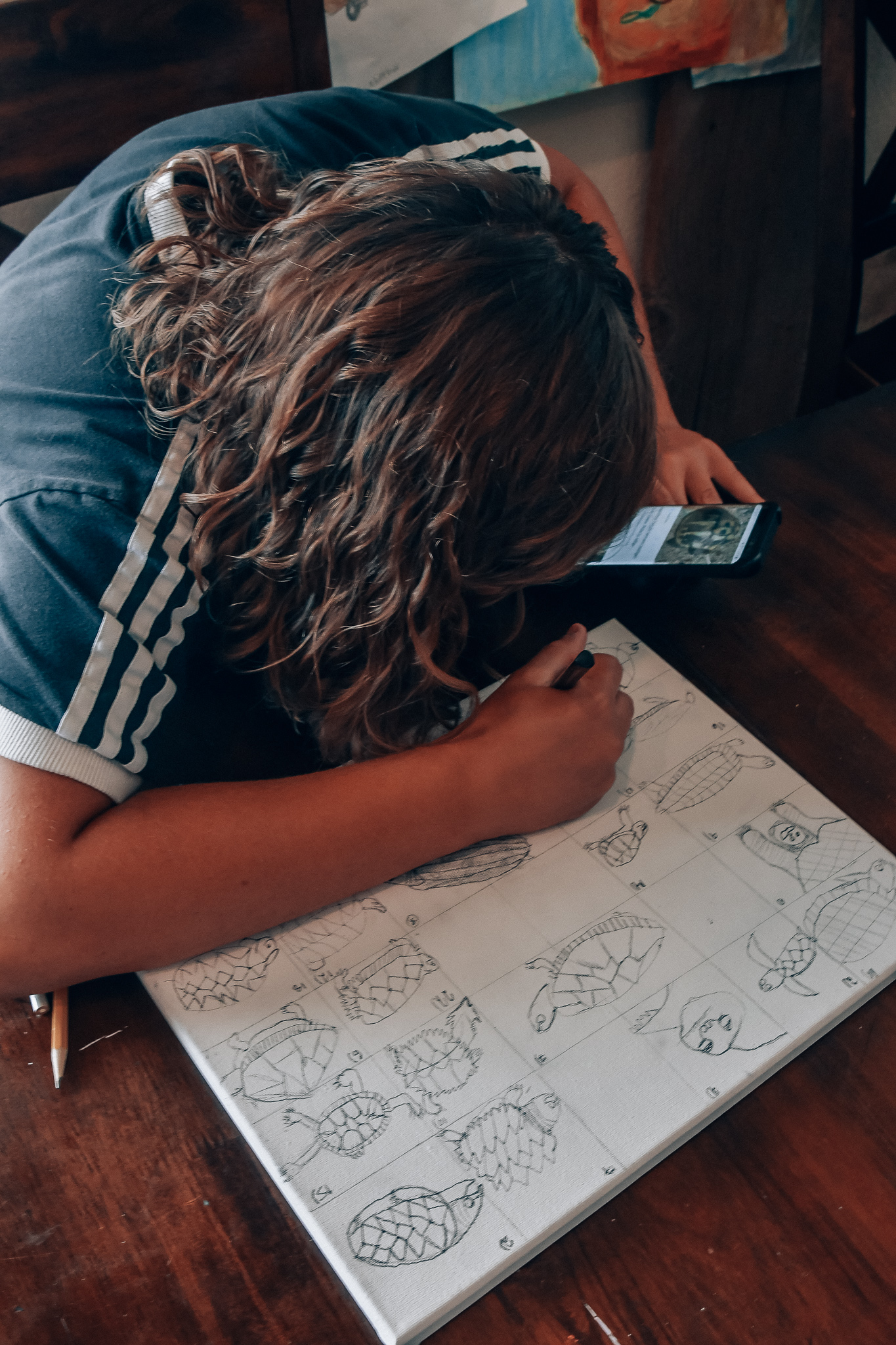
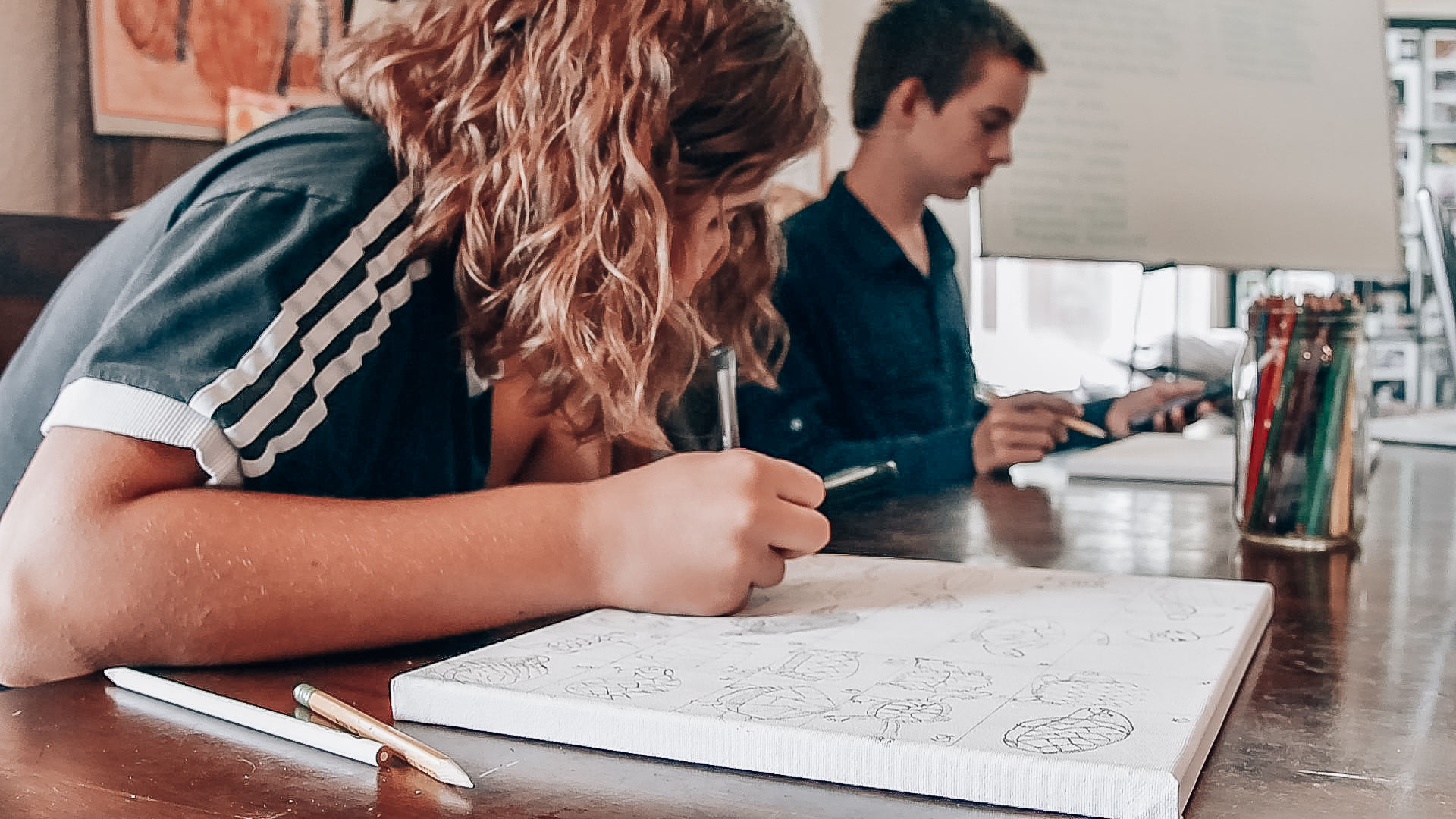
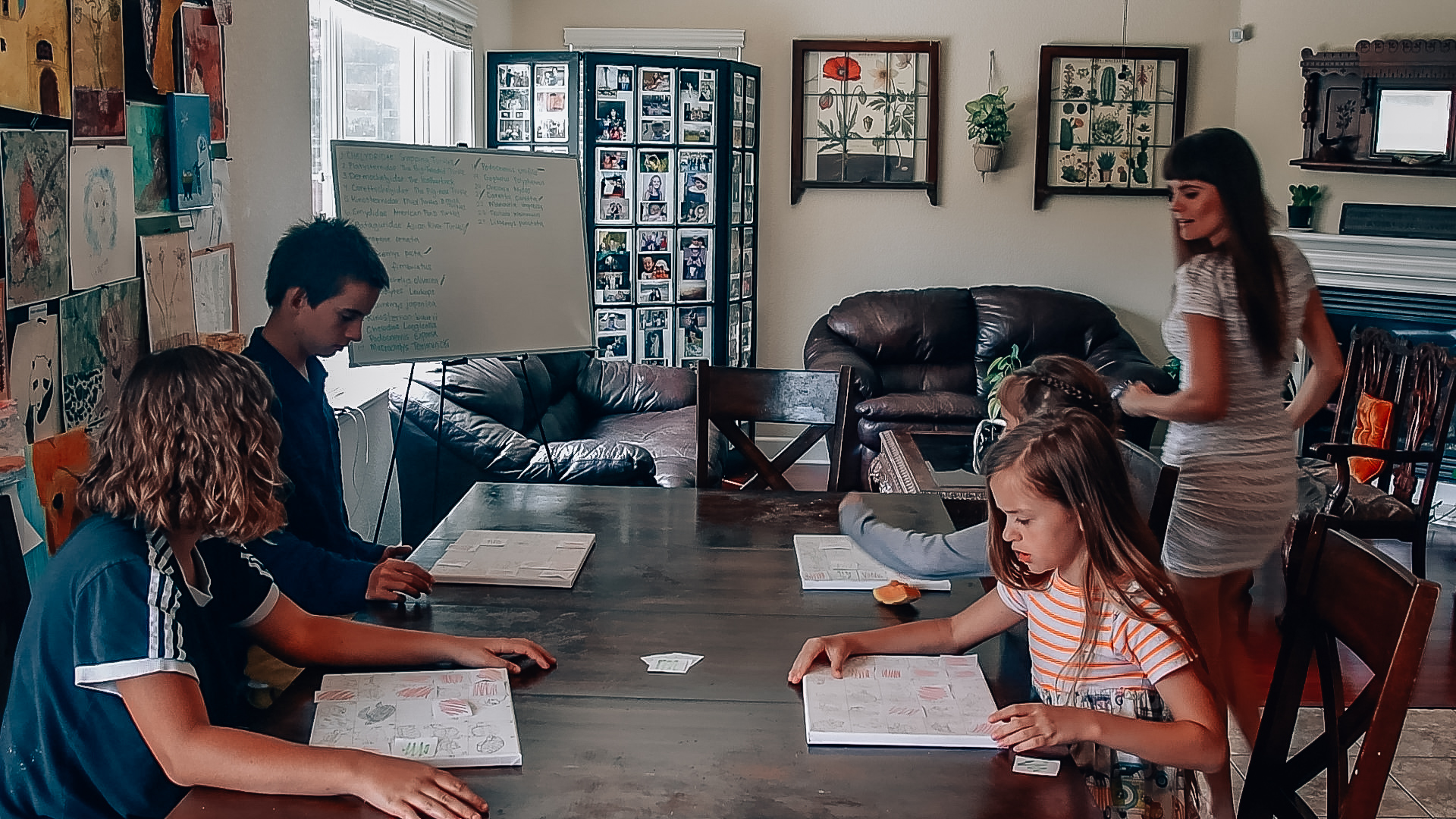
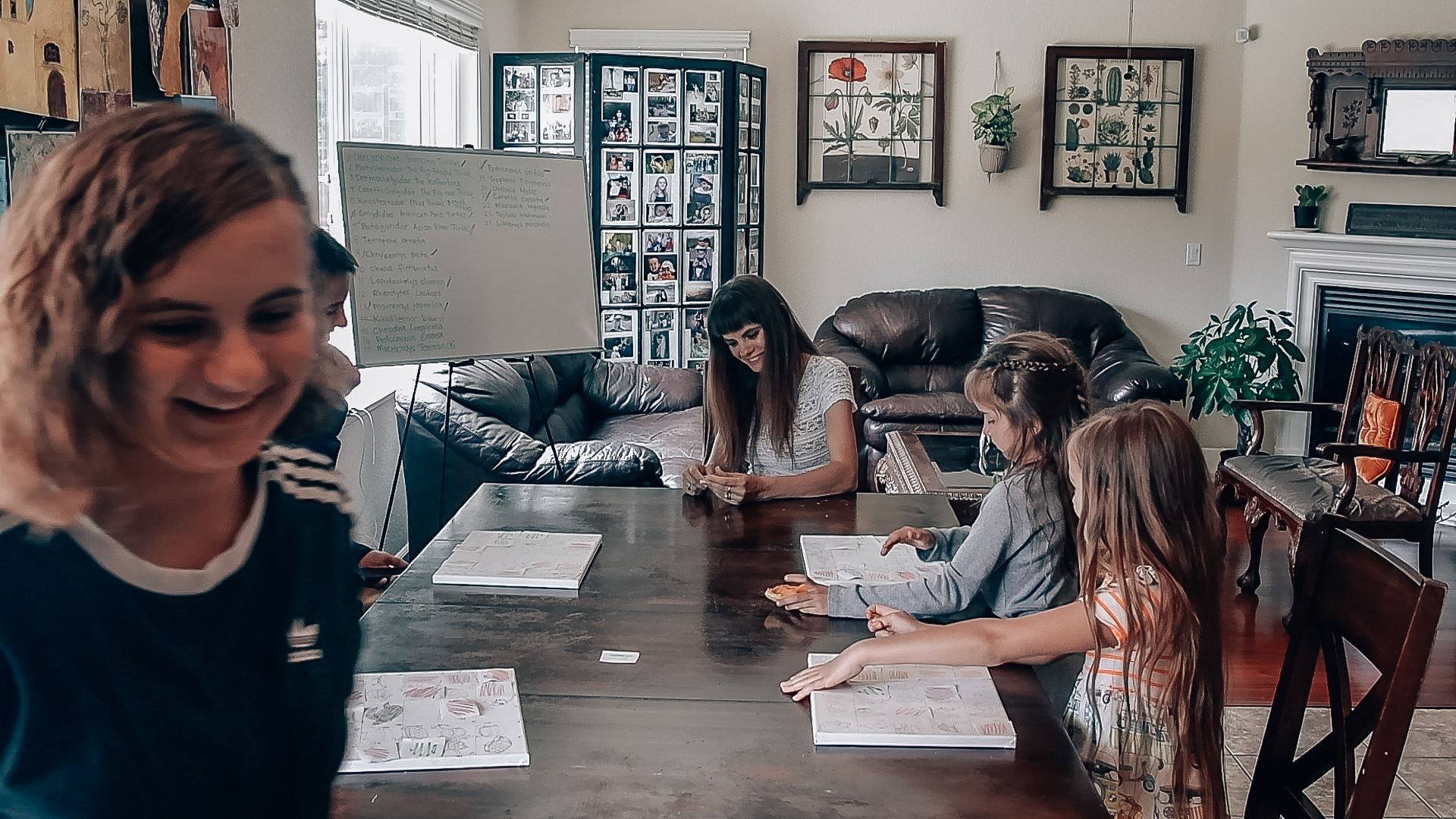



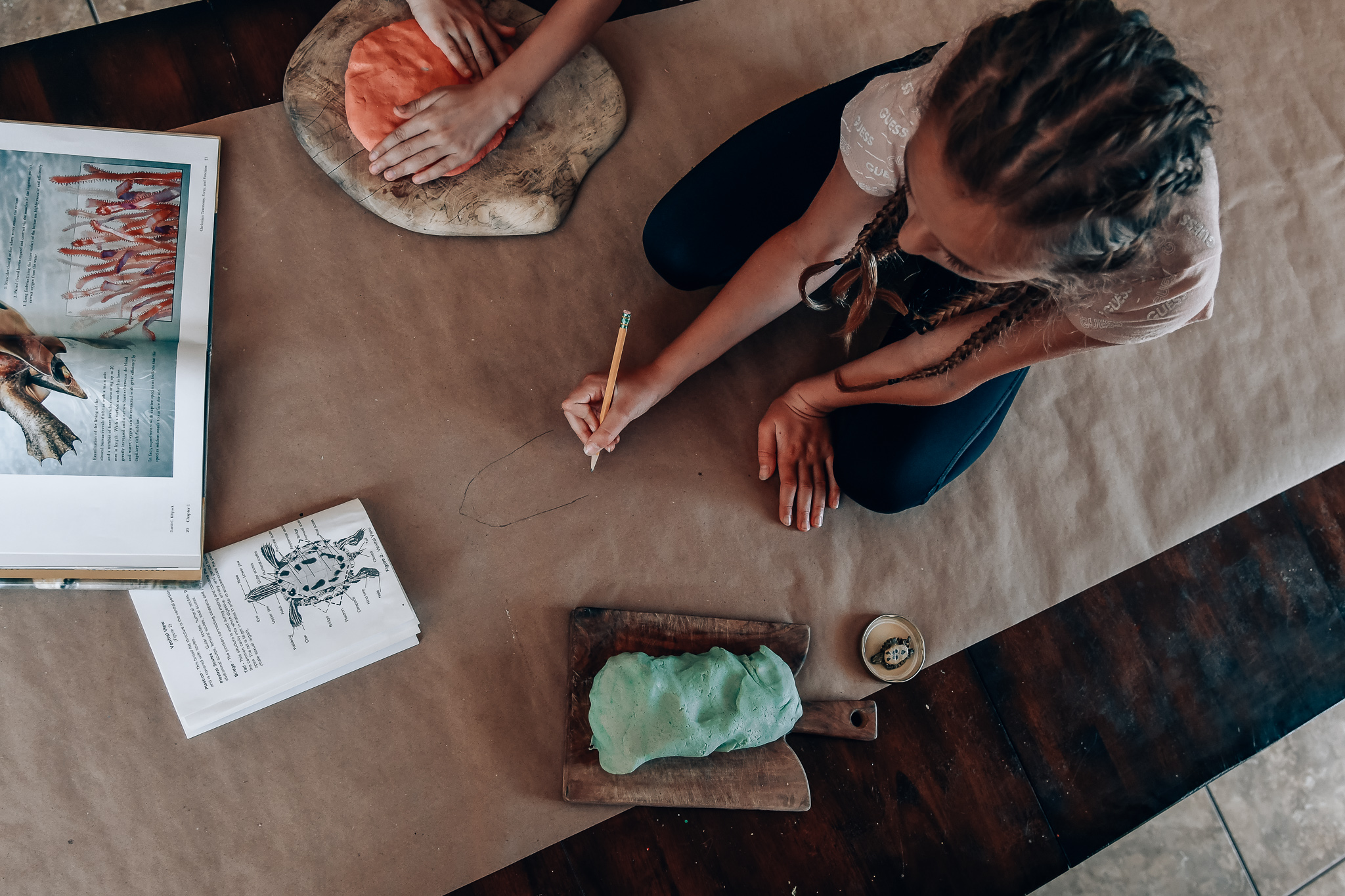
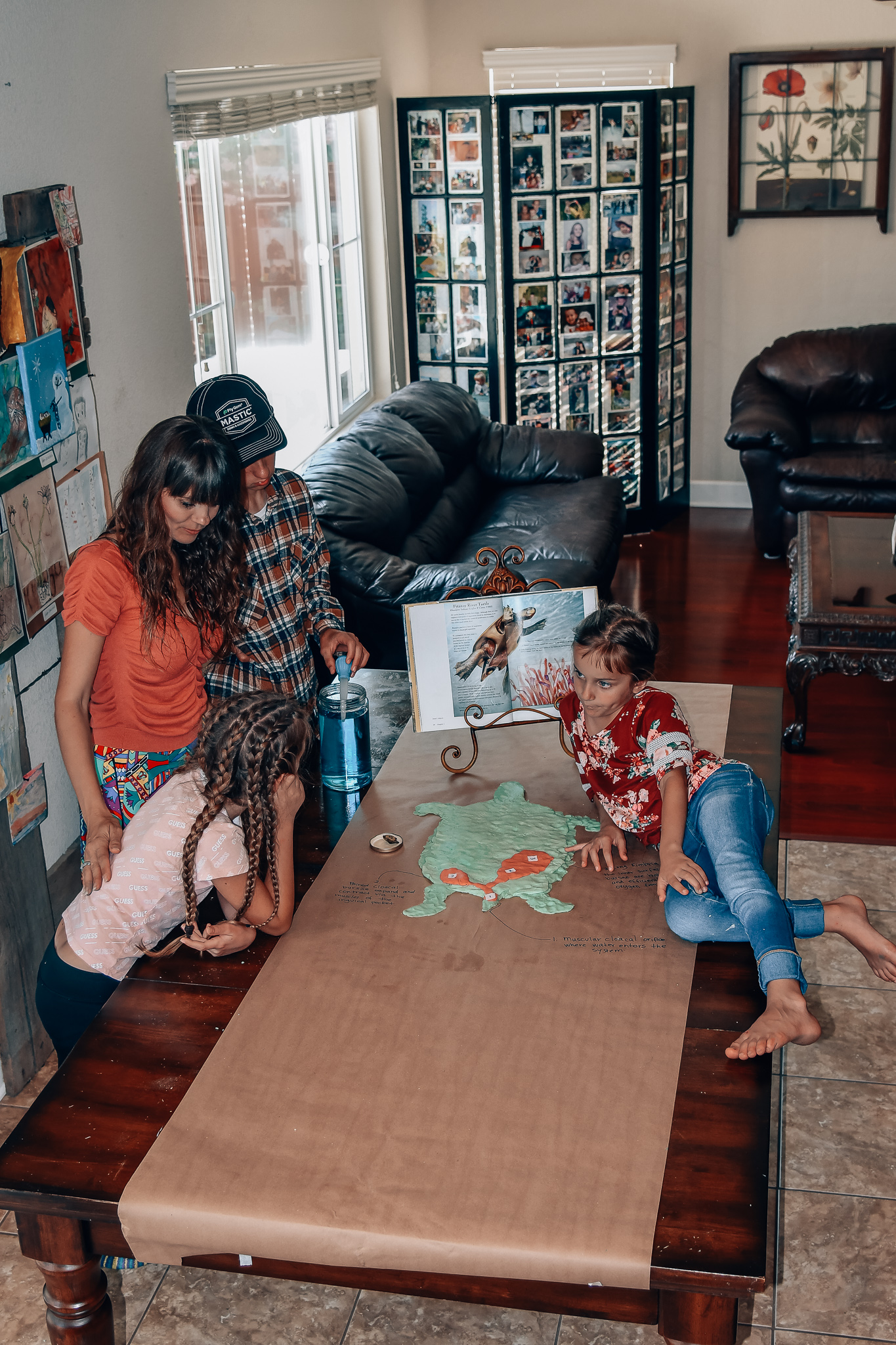
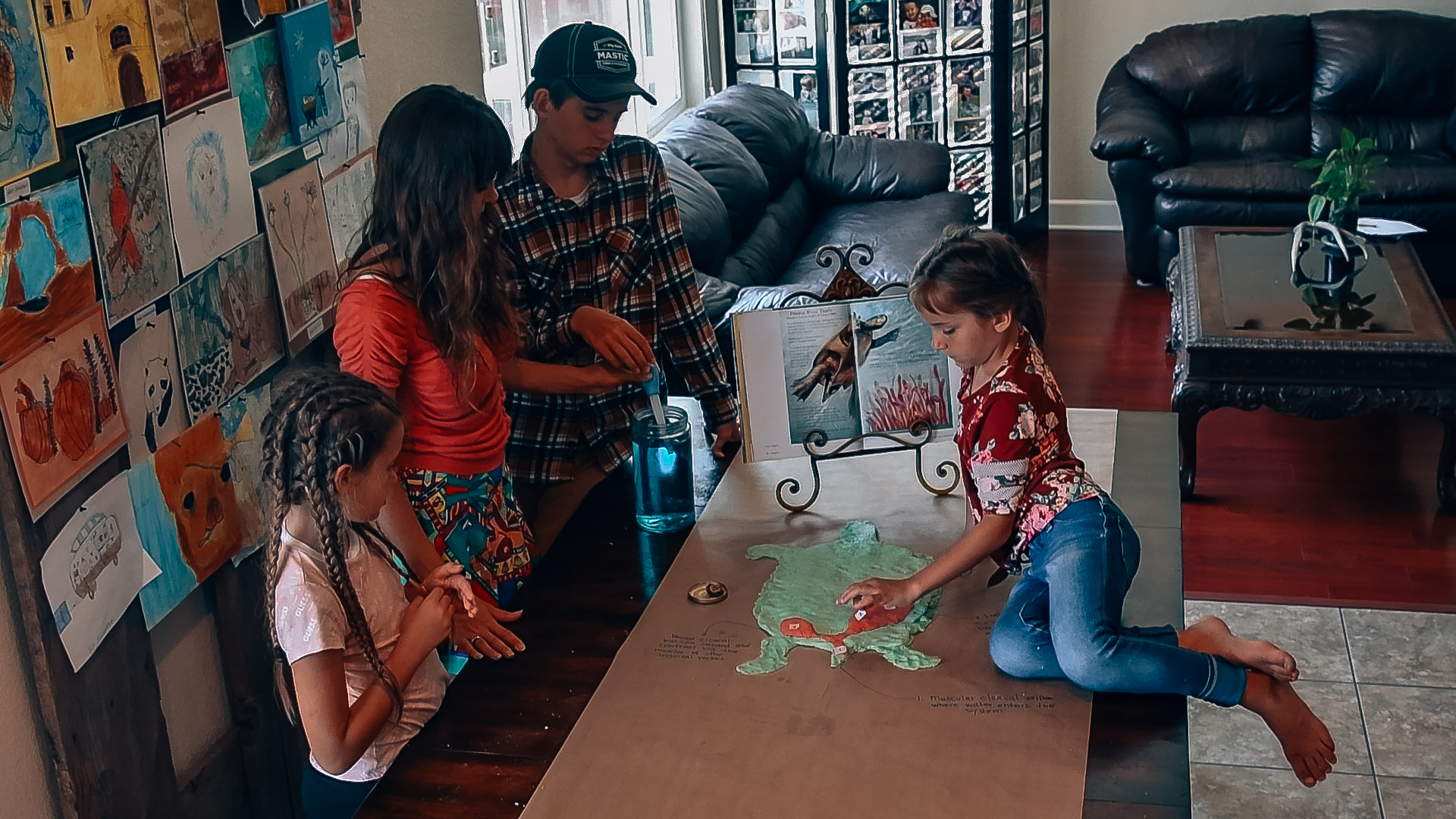
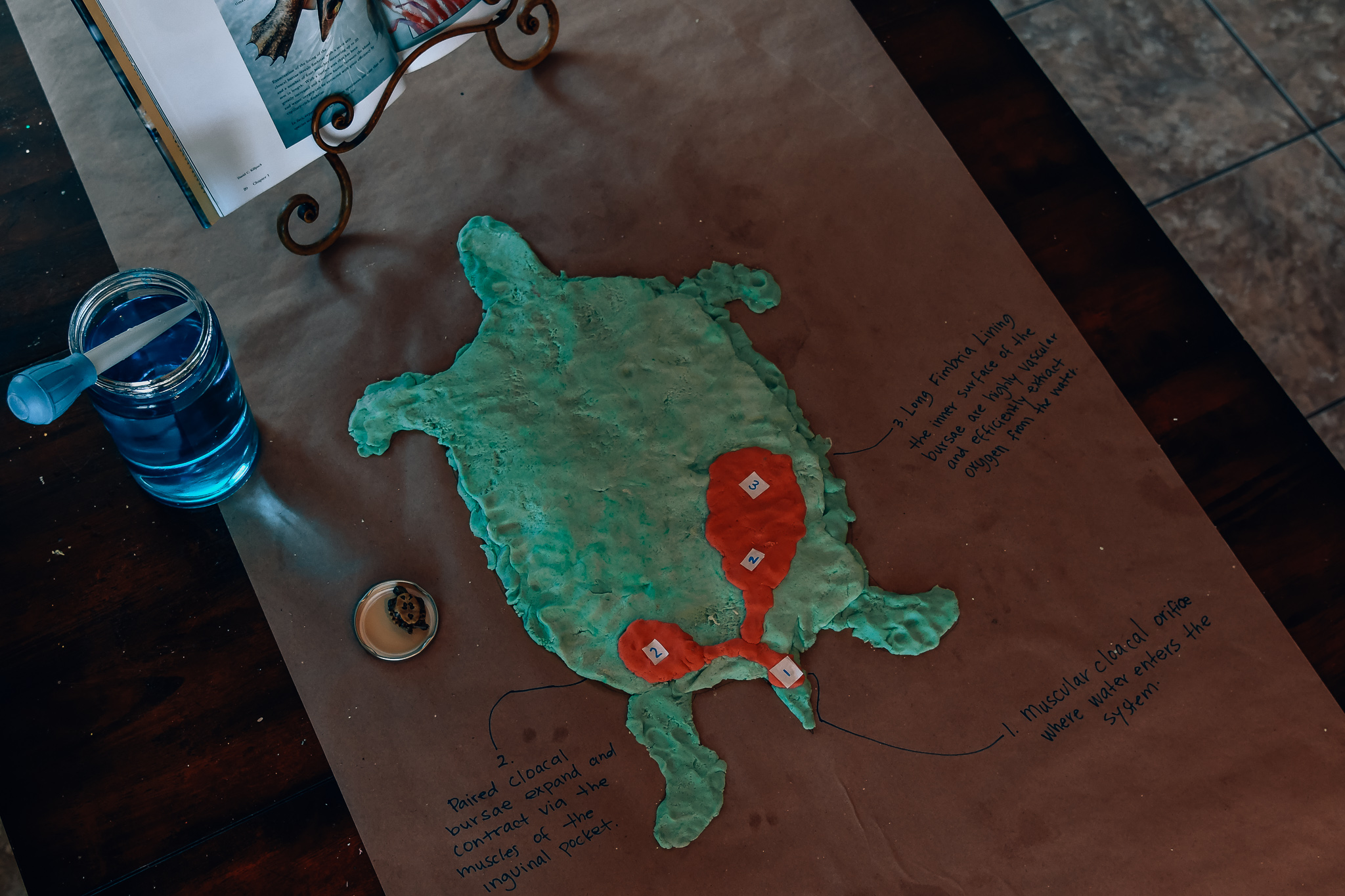
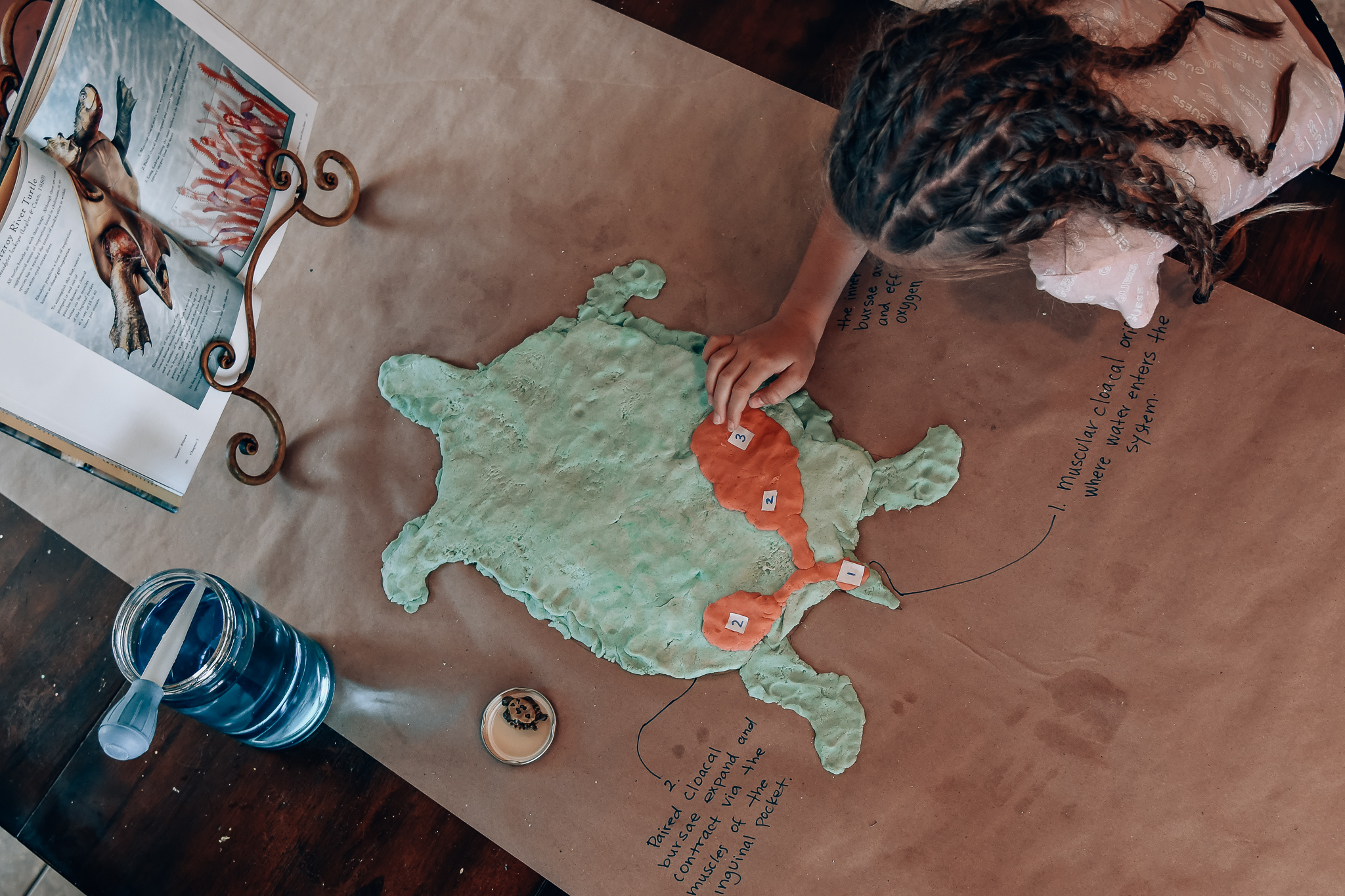
Natalya
It’s so cool how the kids are learning and actually enjoying it, This really inspired me to also teach my kids something useful. Thank you sooooo much for sharing this video
Dawn
Great ideas, we love turtles!
Lori
What a fabulous hands-on set of activities to learn about turtles. I am going to have to bookmark or pin this or something so that I can find it again when we get to turtles with my youngest. Thanks for the fabulous share!
Mother of 3
Such neat ideas but after having had a few pet turtles I’m not so sure we could handle dissecting them… now baking/making one out of cake and eating it afterwards sounds like something we’d love!
Kym
Great study, with so many hands-on activities! I have to admit, I would prefer the cake method of dissecting a turtle. 😉 Thanks for sharing this!
Kristen
That is neat…I didn’t know that Carolina sold turtles for dissection. I guess I haven’t looked into their supplies too much since I worked at a zoo in the education department.
Annette
I stopped in because the title intrigued me, our local conservation area is doing a turtle release this coming week. I plan to go, I think it will be interesting.